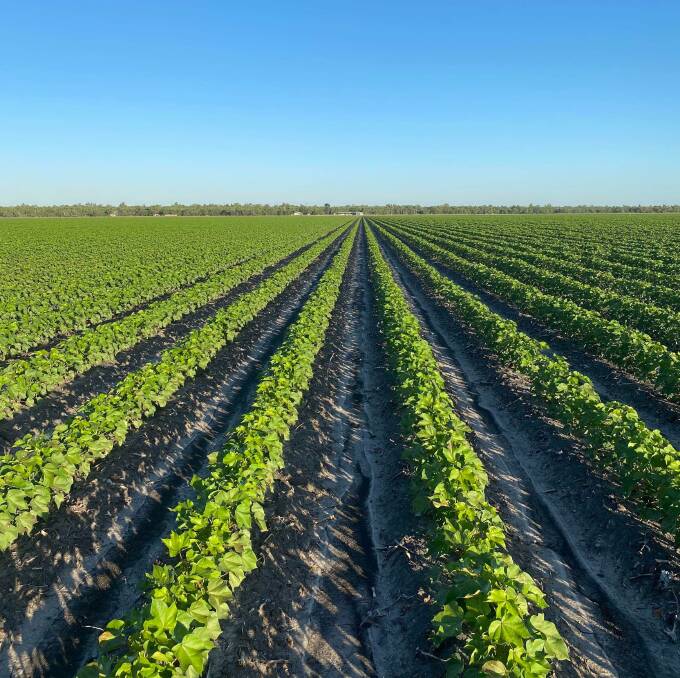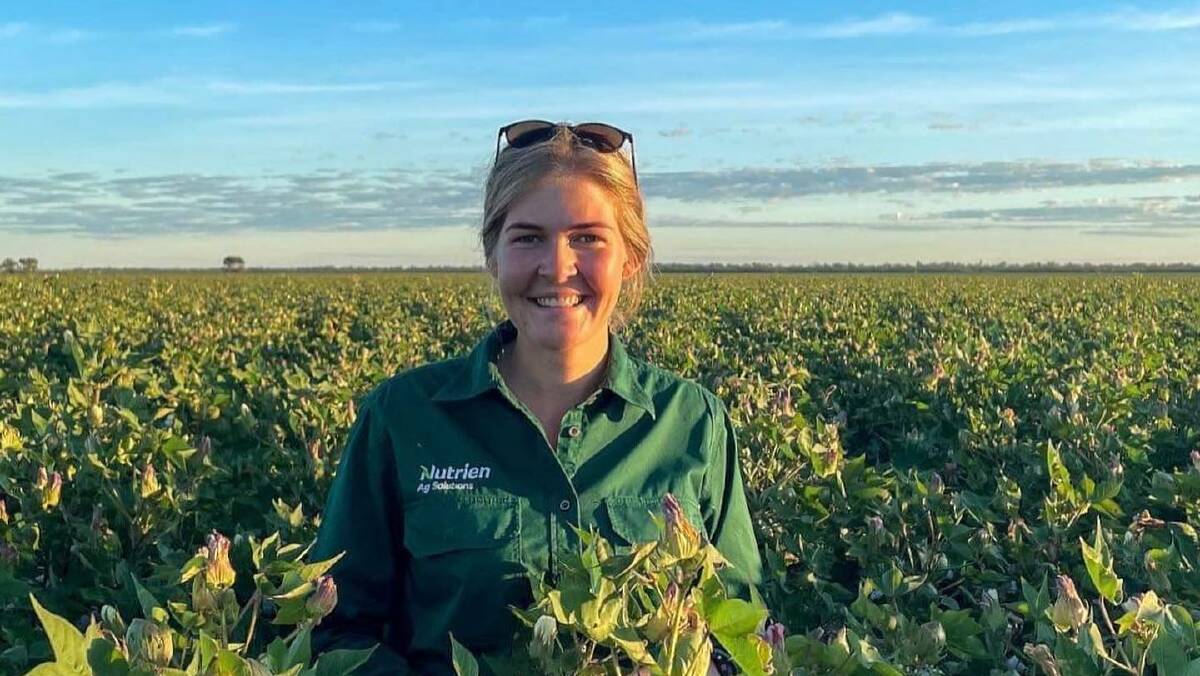
Central Highlands cotton growers are positive about their seasonal prospects, after abnormally wet conditions resulted in later plantings.
Emerald cotton grower Ian Burnett and his son, Ross Burnett, have planted 440 hectares of irrigated Bollgard III (746 and 748 variety) cotton and 700 ha of double skip dryland cotton at their property Wyuna.
Planting cotton later than usual in late October due to rain, Mr Burnett said their cotton was holding up well.
"We planted later in the season than what we normally would have and the crop was set to have its first irrigation last week, but we've had over 160mm of rain in the past month," Mr Burnett said.
"We've had some forecasts of some pretty warm days, but I think the cotton will be well placed with a few hot days because it's had a fairly cool run up till now."
Read also
Pending weather conditions, the team at Wyuna are looking at full defoliation by the end of March, for an April pick.
More than 17,500 ha of irrigated cotton has been planted across the Central Highlands following the improved water allocations for growers.

Emerald district agronomist Tegan Brownie of Nutrien Ag Solutions said the cotton plant had been staggered due to delays in ground preparation.
"Growers have experienced an unusually wet start, with more cloud cover than we regularly experience in CQ," Ms Brownie said.
"This has impacted solar radiation and temperature and therefore slowed early accumulation of growing degree days.
"Cotton is a desert plant so thrives in sunny, warm conditions which lacked in the beginning of the 2022/23 season."
Ms Brownie said irrigators who harvested their cotton early in 2022 or had long fallow country due to low water allocations last season, were able to prep fields for an early plant in August and September.
"The majority of cotton was planted a bit later in October and November," she said.
"Most irrigated cotton farms are fully planted to cotton following the water allocation announcement."
Ms Brownie said a large number of growers had issues getting country fertilised and hilled up in between rain events.
"This is uncommon for CQ because our winter is typically dry and warm coming out of August," she said.
"The late harvest of a lot of the cotton meant growers were still mulching and root cutting when typically they'd be ready to begin planting August 1.
"Dryland cotton hectares are still relatively low with a lot of growers hesitant to plant following the failed wet season and poor yielding crops of the 2021/22 season."
Cotton across CQ was anywhere between newly emerged cotton cotyledons to full flower and early boll fill.
Ms Brownie also said there was minimal insect pressure affecting the crops in the Emerald district.
"Insect pressure is relatively low due to the surrounding scrub country remaining green and attractive to pests," she said.


